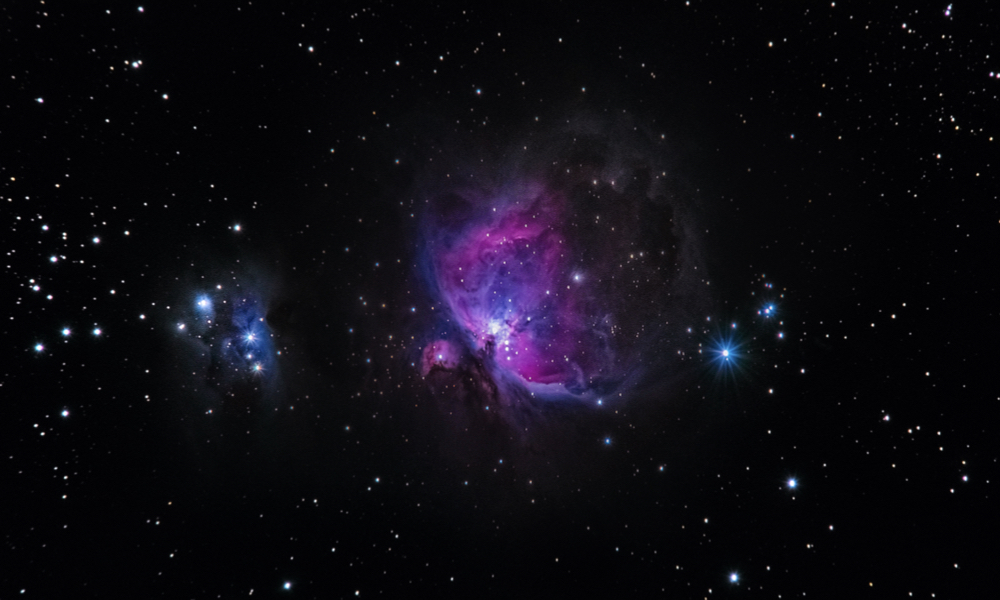
ESA Open Invitation To Tender AO8795
Open Date: 30/08/2016
Closing Date: 25/10/2016 13:00:00
Status: ISSUED
Reference Nr.: 16.1TF.02
Prog. Ref.: ARTES 1 VI
Budget Ref.: E/0501-01B – ARTES 1 VI
Special Prov.: AT+BE+CZ+DK+FI+FR+DE+IE+IT+LU+NL+NO+PL+PT+RO+ES+SE+CH+GB+CA
Tender Type: C
Price Range: 100-200 KEURO
Products: Satellites & Probes / RF / Microwave Communication (Platform and Payloads) / Antennas / Omnidirectional, Helix, Horn, Parabolic, Phased Arrays / Platform vs Payload / Satellites & Probes / RF / Microwave Communication (Platform and Payloads) / Transmitters / X-band, S-Band, Ka band, ¿ / Near Earth application, Deep space application, … / Platform vs Payload /Satellites & Probes / RF / Microwave Communication (Platform and Payloads) / Receivers / X-band, S-Band, Ka band, ¿ / Near Earth application, Deep space application, … / Platform vs Payload / Satellites & Probes / System Engineering Software / System Modelling & Simulation / Mission analysis tools (Orbital modelling and simulation) / Satellites & Probes / System Engineering Software / System Modelling & Simulation / Other
Technology Domains: RF Systems, Payloads and Technologies / Telecommunication Systems/Subsystems / Telecom System Engineering Tools / RF Systems, Payloads and Technologies / Telecommunication Systems/Subsystems / Telecom Signal Processing
Establishment: ESTEC
Directorate: Directorate Telecom & Integrated Applica
Department: Telecom Technologies, Product& Systems Department
Division: Future Projects Division
Contract Officer: Rinaudo, Nicole
Industrial Policy Measure: N/A – Not apply
Last Update Date: 30/08/2016
Update Reason: Tender issue
Unhindered access to frequency spectrum is of fundamental importance to the whole satellite services sector and hence to the manufacturing industry it supports. Radio spectrum is a finite natural resource, and as such, the most efficient possible use must be made of it for the benefit of all. Despite there being longstanding frequency allocations for satellite services, there is growing pressure on these designations from other commercial and regulatory groups as they lobby for spectrum to support the introduction new services and applications. It is therefore necessary to continuously monitor and lobby the frequency coordination community on behalf of the satellite communications sector in order to protect existing services and enable new applications to develop. Only by establishing and advocating positions based on a broad industry consensus, demonstrating the widespread benefits of satellite communications, and providing rigorous technical analysis, will the satellite sector be successful in ensuring favourable future access to adequate frequency spectrum. The World Radio Conference will be held throughout November of 2015 with the first preparatory sessions for the following conference (WRC-19) planned only three days after the closure of WRC-15. As for previous conferences, many of the important issues will be the subject of discussion and negotiation well in advance of the conference itself and it is therefore important to begin preparations for 2019 as soon as the outcomes of WRC-15 are established. he objective of the proposed activity is therefore to help develop and advocate positions favourable to the satellite sector, and specifically to ARTES participating-state industry, for future agenda items of WRC-19.A growing challenge for the satellite communications community will be the need to share frequency spectrum with terrestrial applications for both established and new services. (This has already been a feature of the discussions surrounding the future of C-Band spectrum allocations in the run-up to WRC-15). Work is needed to establish cooperation mechanisms and technical analysis capabilities to ensure proper consideration of the specific needs of satellite communications when establishing shared frequency access schemes. Another subject of growing commercial significance is the shared use of spectrum between GEO and non-GEO systems. Whilst some relevant analysis methodologies have previously been established in support of earlier constellation initiatives, one of the key questions facing the current wave of large communications constellations is the protection of existing services from GEO. Furthermore, the analysis techniques for establishing coordination between competing non-GEO systems have yet to be fully developed and universally accepted. Whilst the overall sector should operate collectively, much of the effort required to protect existing bandwidth allocations can reasonably be expected to come from the most direct beneficiaries, i.e. the satellite operators. ARTES activity would therefore be closely coordinated with operator representatives, e.g. ESOA. A more proactive approach is required however, to help new innovative applications emerge, possibly from outside of the traditional satellite operator circles. This might include actively seeking new spectrum to enable low-cost MSS services, support to small satellite regulatory affairs, or establishing mechanisms for early filing for new opportunities for participating-state industry. Based on the outcomes of WRC-15, the activity would be defined to: ‚§Continuously identify opportunities for innovative spectrum and regulatory methods §Establish mechanisms for early filing of new opportunities for ARTES industry §Identify and develop common positions across ARTES participating-state industry (manufacturers and satellite operators) for the Agenda items of WRC-19The presentation and promotion of these positions within European and Canadian national regulatory bodies,, CEPT, and ITU §Develop analysis techniques and tools to support such proposals at regulatory and other bodies; §Interaction and cooperation with other organisations to help build positions (such as the US SIA or the APSCC (Asia-Pacific Satellite Communications Council) §The use of the lobbying structures of the international industrial groups to which the contracted companies belong for supporting the position of the industry §The active participation to the ITU preparatory groups until the end of WRC-15.
If you wish to access the documents related to the Invitation to Tender, you have to log in to the ESA Portal.
